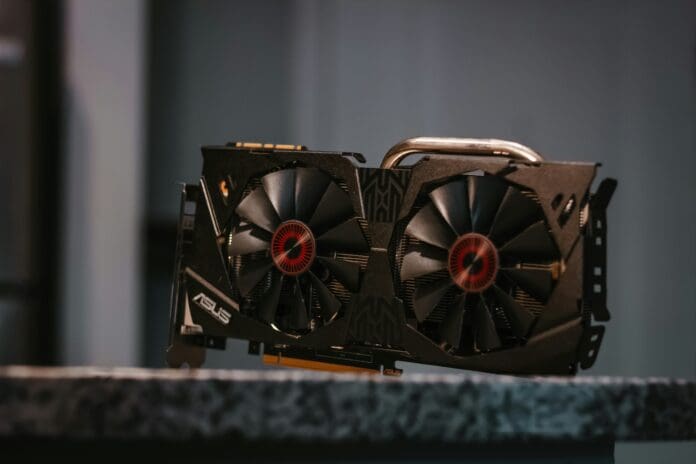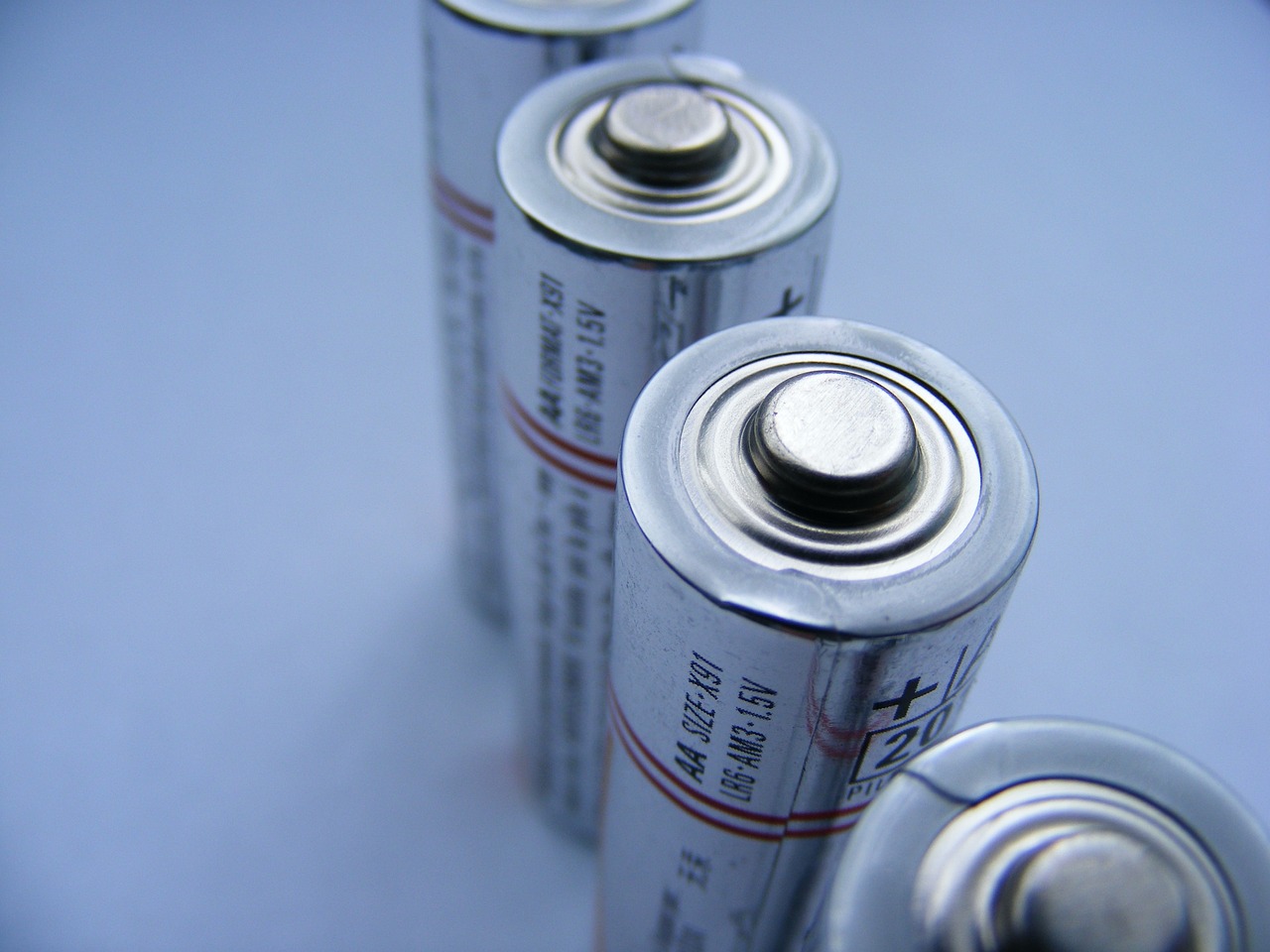This post is also available in:
 עברית (Hebrew)
עברית (Hebrew)
As electronics continue to shrink and gain power, the challenge of managing heat has become critical. The denser the circuitry, the more heat it generates in a confined space—raising the risk of performance drops and long-term failure. Traditional cooling methods, from fans to heat sinks, are hitting their physical limits, pushing researchers toward new, more efficient solutions.
A research team from Peking University’s National Key Laboratory of Advanced Micro and Nano Manufacture Technology has introduced an innovative three-layer microfluidic cooling device. The system is designed to draw heat away from compact chips more effectively than most existing methods, using a structure etched directly into a silicon substrate.
The concept is built around the principle of microfluidic cooling, where tiny channels guide coolant fluids through or near a chip to absorb and transport heat. What sets this new device apart is its three-tiered design.
- Top layer – Tapered manifold: This layer evenly distributes coolant—ordinary water—across the chip, ensuring uniform flow through every microchannel.
- Middle layer – Microjet array: Microscopic nozzles shoot high-speed streams of fluid directly at hot spots, improving heat transfer right where it’s most needed.
- Bottom layer – Microchannel network: The warmed coolant then exits through etched microchannels, efficiently carrying heat away from the silicon.
According to TechXplore, tests show that the system can dissipate heat fluxes up to 3,000 W/cm–², while using just 0.9 W/cm-2 of pumping power—a high cooling efficiency that outperforms many previous designs. The coefficient of performance reaches 13,000, maintaining stable temperatures with minimal energy input.
Because the entire structure can be fabricated with standard microelectromechanical systems (MEMS) processes, the technology could be integrated into future chip designs without major manufacturing changes.
The research points to a practical path forward for keeping next-generation electronics—such as compact sensors, processors, and power modules—both powerful and thermally stable. Efficient, low-power cooling at the microscale may prove essential to sustaining the pace of electronic miniaturization.
The research was published in the Nature Electronics Journal.


























